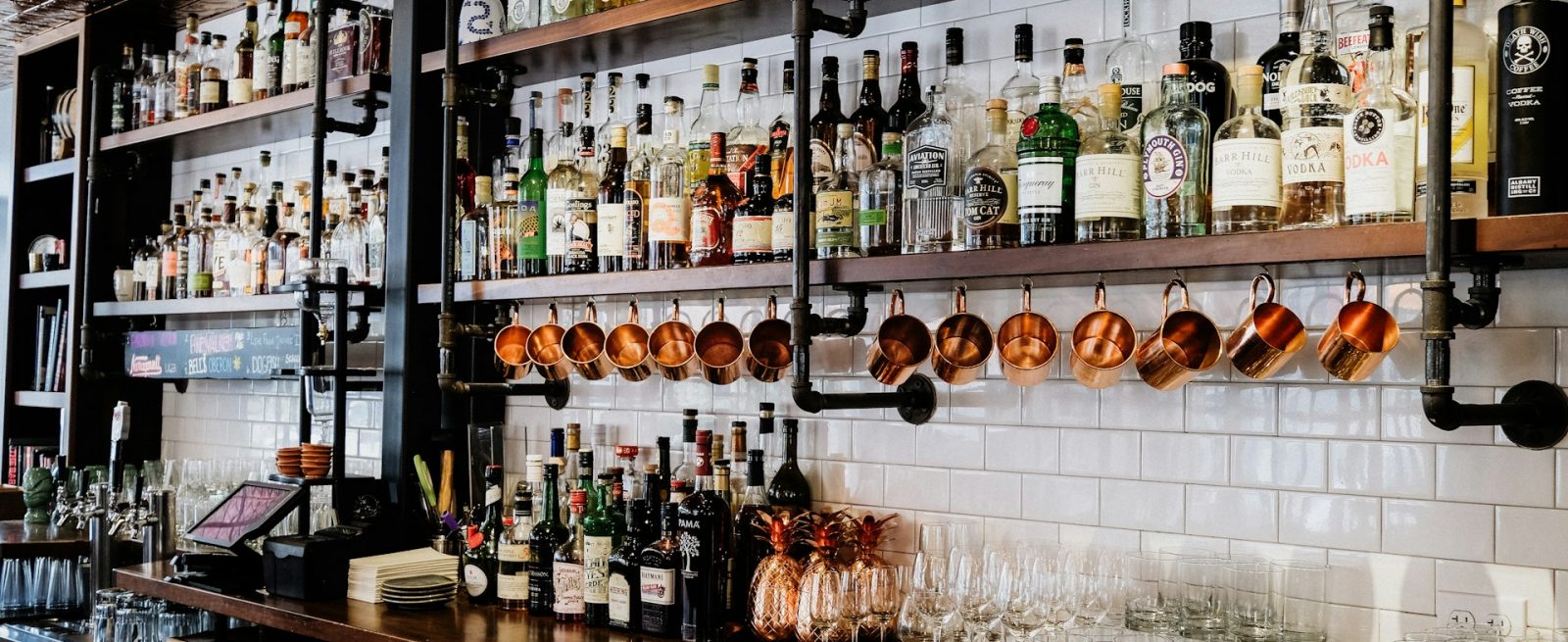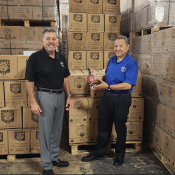How a Creative Cocktail Program with a Beer and Wine License Can Help Your New Restaurant Succeed
3 Min Read By Gino and Henry Santos
Opening a restaurant in competitive markets like South Florida is no easy task. Nearly 49 percent of restaurants fail within their first five years, and the 10-year survival rate is less than 35 percent, according to the U.S. Bureau of Labor Statistics. High rents, competition, and fees make it tough for new restaurants to stay afloat. However, one way to boost your restaurant's chances of success is by using a beer and wine license to offer creative cocktails—without the high cost and red tape of a full liquor license.
The Hidden Costs of a Full Liquor License and a Cost-Effective Solution
Across the U.S., obtaining a full-service liquor license can vary significantly in cost, but Florida's process is especially challenging due to a county-based quota system that limits the number of licenses available. Restaurant owners looking to purchase an existing license can face prices up to $1 million depending on demand.
This financial burden is not unique to Florida. In California, annual fees for a liquor license can also reach up to $1M, depending on factors like operating hours, customer policies, and whether the establishment offers on-site brewing. Renewals, inspections, and compliance costs add even more overhead, making it difficult for new restaurants to manage these expenses. Beer and wine licenses, however, provide a sustainable, cost-effective alternative, allowing restaurants to invest resources elsewhere.
On the other hand, beer and wine licenses are more affordable and easier to obtain, often costing one-third to half as much as a full liquor license. These licenses allow restaurants to serve beer, wine, and wine-based liquors, offering opportunities for innovation without the financial burden of full-service licenses.
Innovation Through Wine-Based Cocktails
Although not having a full liquor license may seem restrictive, it actually creates opportunities for innovation. A beer and wine license allows restaurants to craft a unique cocktail menu featuring wine-based liquors without the need for liquor insurance or the extensive paperwork associated with a full liquor license.
Wine-based spirits lcan be used to create popular cocktails like margaritas, daiquiris, and mojitos, allowing smaller restaurants to compete with larger chains that can afford full liquor licenses.
The Broader Impact of Creative Licensing Solutions
The benefits of using a beer and wine license extend beyond cost savings and creative drink options. According to the National Restaurant Association, 70% of beer drinkers, 69% of wine drinkers, and 67% of cocktail enthusiasts are more likely to choose a restaurant that offers their preferred drinks. This trend highlights a shift in consumer behavior, with dining places increasingly seeking unique experiences rather than just a meal. By curating a distinctive cocktail program, restaurants can tap into this demand, attract a broader audience, and encourage repeat business.
Strategies for Restaurant Success
Here are key strategies to help restaurants succeed:
-
Know Your Market: Understand your audience and tailor offerings to their tastes. A well-crafted menu and unique ambiance can encourage customer loyalty.
-
Stay Cost-Effective: By using a beer and wine license, you avoid the high costs of a full liquor license and still deliver creative cocktails.
-
Build Community Connections: Engage your local community through events and partnerships that build customer loyalty.
-
Adapt and Prepare: The restaurant industry is unpredictable. Keep your operations flexible and plan for challenges by managing costs wisely.
The Future of the Restaurant Industry
With restaurant sales projected to exceed $1 trillion in 2024, the competition is fierce. Differentiating your restaurant through a creative cocktail program using a beer and wine license can set you apart. This strategy offers a lower-cost way to serve innovative drinks, attract a wider audience, and control overhead—ultimately helping restaurants survive and thrive in today’s market.


